In This Article
- The Allure of Lab-Grown Diamonds
- Key Points About Lab-Grown Diamonds
- The Creation Process of Lab-Grown Diamonds
- Comparison with Natural Diamonds
- The Aesthetic Advantages of Lab-Grown Diamonds
- Environmental Impact and Sustainability
- Market Trends and Consumer Adoption
- Engagement Rings and Eco-Friendly Buying
- The Future of Lab-Grown Diamonds
- Final Thoughts on Lab Diamonds
The Allure of Lab-Grown Diamonds
The realm of lab-grown diamonds has captivated many with their stunning beauty, cost-effectiveness, and ethical implications. Through modern technology and scientific innovation, these diamonds provide a compelling alternative to their naturally sourced counterparts. The following exploration delves into the definition, creation process, aesthetic advantages, and cost comparisons of lab diamonds.
Key Points About Lab-Grown Diamonds
Lab diamonds are a stunning and ethically produced alternative to natural diamonds, created using advanced methods like CVD and HPHT. They display remarkable clarity and sparkle, are significantly more affordable, and increasingly appeal to consumers conscious of their environmental impact. With industry advancements like the introduction of large stones, diamonds created in modern laboratories threaten to reshape the luxury jewellery market while retaining the timeless allure of diamonds.
The Creation Process of Lab-Grown Diamonds
Lab-grown diamonds, also known as synthetic or cultured diamonds, are real diamonds that are created in controlled laboratory settings. They possess the same physical, chemical, and optical properties as natural diamonds, making them indistinguishable to the naked eye. The formation of synthetic diamonds is achieved through two primary methods: Chemical Vapor Deposition (CVD) and High-Pressure High-Temperature (HPHT). Each method mimics the natural conditions under which diamonds form in the Earth’s mantle.
The CVD method involves placing a diamond seed in a chamber where carbon-rich gas is introduced. The gas is then ionized into plasma, allowing carbon atoms to bond to the seed and gradually grow a diamond crystal. In contrast, the HPHT method simulates the extreme temperature and pressure conditions found in the Earth. This method uses a diamond seed and exposes it to high-pressure conditions while adding carbon material, yielding real diamonds in a shorter time frame.
"Why would you spend a million dollars on a natural diamond when a lab-grown can do the same job for a fraction of the cost?" - Patrick Fay, Diamond ExpertComparison with Natural Diamonds
One might wonder how lab diamonds compare to natural diamonds, both in terms of aesthetics and market value. First, it is essential to note that man-made diamonds often exhibit fewer inclusions or imperfections due to the controlled environment in which they are created. Their exceptional sparkle factor indicates that this can result in greater clarity and brilliance.
An analysis of price suggests that lab diamonds can be up to 80% less expensive than natural diamonds. For instance, while a natural diamond might be priced between £7,700 and £9,000 per carat, a comparable lab-grown version can cost around £2,000. Such significant savings make these diamonds an attractive option for those who want luxury without the exorbitant costs associated with natural stones.
Ella Lab Diamond Solitaire Engagement Ring 1.50ct D/VVS 18k Yellow Gold
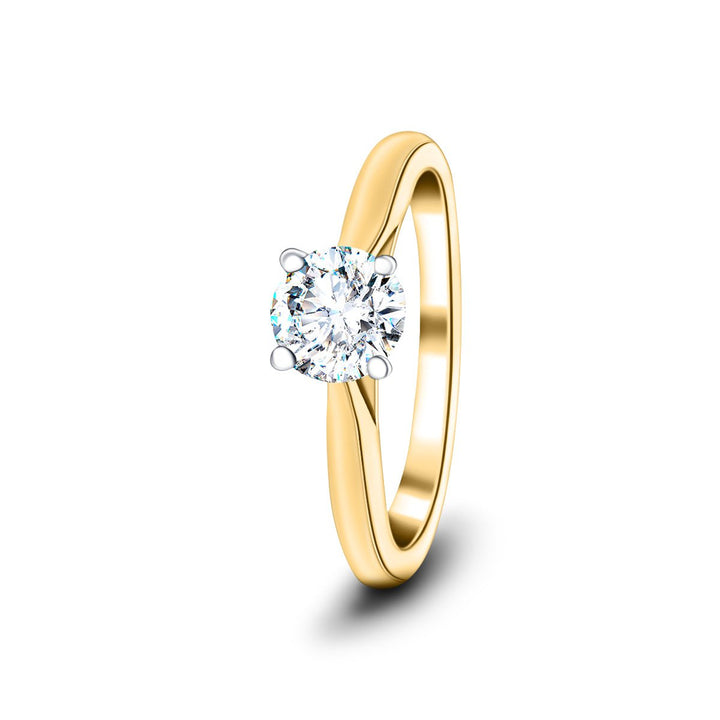
£1,960.00
£3,746.00
Make her heart sing with the Ella Lab Diamond Solitaire Engagement Ring, made with 18k yellow gold. This ring features a dazzling 1.50-carat D/VVS lab-grown diamond that will make her feel like a princess. IGI-certified and UK-hallmarked, this ring comes… read more
The Aesthetic Advantages of Lab-Grown Diamonds
The visual appeal of lab-grown diamonds is undeniable. Their clarity often surpasses that of natural diamonds, as they typically contain fewer characteristics that may detract from their beauty. Enhanced transparency leads to a more vibrant display of light, making lab-grown diamonds a competitive choice for engagement rings and fine jewellery alike.
As evidenced in one engaging conversation between experts Patrick Fay and Michael Blakey, the allure of lab diamonds is not only about aesthetics but also about ethical considerations and industry advances. The emergence of top-quality pieces, like the 38-carat lab diamond recently unveiled, holds significant promise for the future of this industry. Such innovations point to a growing recognition that beauty doesn’t have to come at the cost of the planet.
Environmental Impact and Sustainability
As consumers become more conscious of their environmental footprint, the choice between lab-grown and natural diamonds increasingly hinges on sustainability. This section explores the significant environmental benefits of lab-grown diamonds compared to their mined counterparts.
Carbon Footprint
Lab-grown diamonds are created using advanced technologies such as Chemical Vapor Deposition (CVD) and High-Pressure High-Temperature (HPHT) methods, which generally result in a smaller carbon footprint than traditional diamond mining. While mining operations require extensive energy and resources, lab diamonds can be produced with renewable energy sources, significantly reducing greenhouse gas emissions associated with their creation.
Lab Diamond Claw Set Bangle 2.40ct D/VVS in 18k Yellow Gold
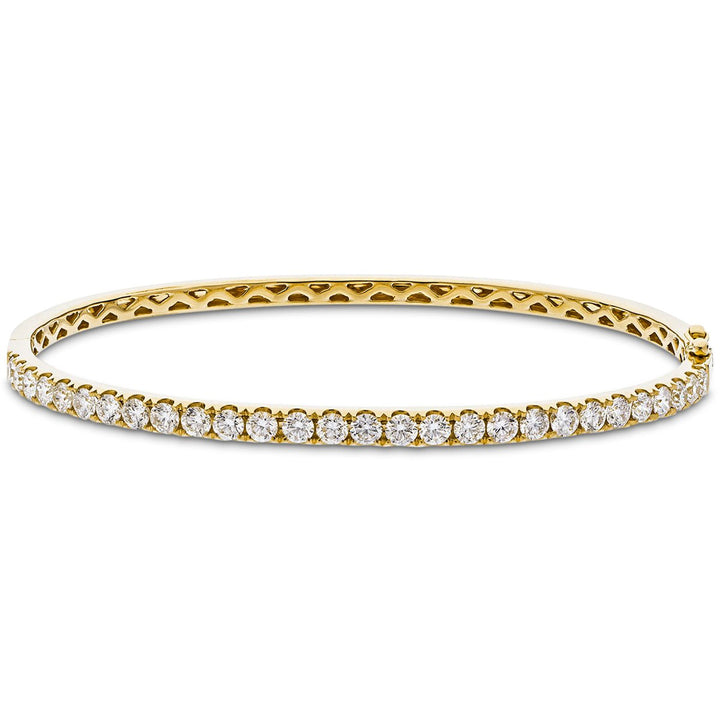
£3,420.00
£7,595.00
Indulge in the epitome of elegance with the Lab Diamond Claw Set Bangle, featuring a stunning 2.40ct of real diamonds that captivate with their sparkle. Each diamond, approximately 3.0mm in size, is meticulously set in a classic claw setting, showcasing… read more
Land Preservation
Natural diamond mining often leads to considerable land disruption, including deforestation and habitat destruction. In contrast, lab diamonds do not involve mining activities, preserving natural landscapes and ecosystems. By choosing lab-grown diamonds, consumers contribute to the conservation of biodiversity and the protection of wildlife habitats.
Water Usage
Water scarcity is a pressing global issue, and traditional diamond mining can consume vast amounts of water, leading to depletion of local water resources. Lab diamonds, however, typically require less water in their production processes. This reduced water usage not only conserves vital resources but also minimizes the impact on local communities that rely on these water sources.
Recyclability
Lab diamonds can also play a role in promoting a circular economy within the jewellery industry. Unlike mined diamonds, which are often viewed as one-time purchases, lab-grown diamonds can be recycled or repurposed. This aspect allows consumers to make more sustainable choices, as they can create new pieces of jewellery from their existing lab-grown diamonds, reducing waste and resource consumption.
Sustainable Practices
Many companies specialising in lab diamonds are committed to sustainable practices throughout their production processes. From utilizing renewable energy to implementing eco-friendly packaging solutions, these companies aim to minimize their environmental impact. By supporting lab-grown diamond brands, consumers can also support these sustainable initiatives, contributing to a more responsible and eco-conscious jewellery industry.
Lab Diamond Solitaire Bezel Necklace Pendant 0.70ct G/VS in 9k White Gold
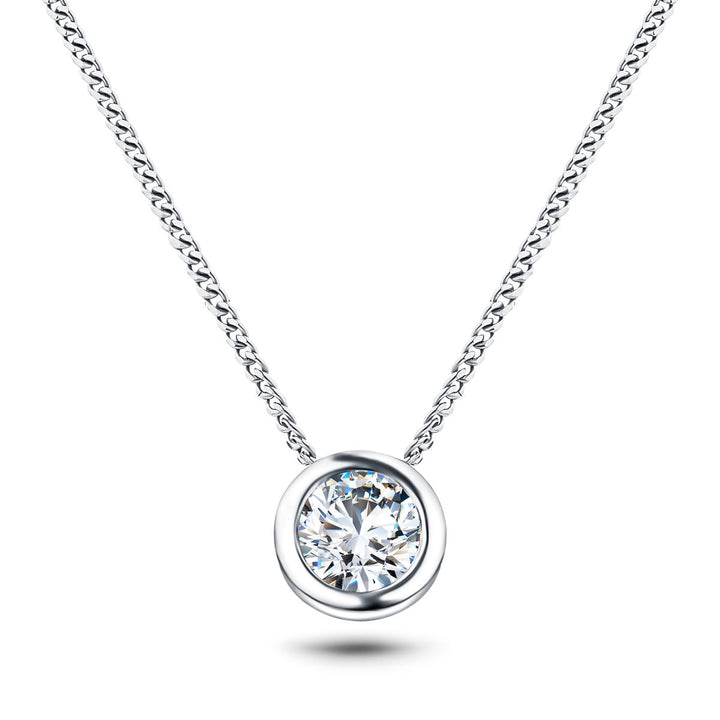
£565.00
£1,076.00
Elevate your style with this stunning Lab Diamond Solitaire Bezel Necklace Pendant, handcrafted in the UK from 9k white gold. With a round 0.70ct G/VS-graded lab diamond in a bezel setting, this necklace is both elegant and timeless. The diamond… read more
Market Trends and Consumer Adoption
Statistics reveal that affluent consumers are increasingly opting for lab-grown diamonds. Over recent years, the market has seen a shift, with many people re-evaluating their purchasing choices, favouring lab-grown options due to their attractive prices and superior quality. The trend suggests that wealthier individuals are not only saving money but are also embracing a greener alternative to traditional diamond mining, which has been associated with various environmental issues.
For instance, in a recent gathering, a necklace featuring around 50 carats of synthetic diamonds priced at approximately £30,000 captured attention. In stark contrast, a natural diamond necklace of the same size and quality could potentially cost several million pounds, presenting an extraordinary contrast in value.
Engagement Rings and Eco-Friendly Buying
As couples approach the pivotal decision of engagement, lab diamonds have emerged as a compelling choice. Not only do they offer significant cost benefits, but they also align with growing awareness around environmental sustainability. For many, choosing a lab-grown option signifies a commitment to ethical practices without sacrificing quality.
Michael recounts his personal experience of gifting lab-grown diamond earrings to his mother, framing the discussion around lab-grown diamonds as both fashionable and responsible. Such narratives create a positive dialogue around lab-grown diamonds, reinforcing their status as a desirable option in the jewellery market.
The Future of Lab-Grown Diamonds
Looking ahead, the future of lab diamonds appears bright. With advancements in technology and increasing consumer awareness, the gap between consumer perceptions of lab-grown and natural diamonds is narrowing. As more individuals gain insight into the advantages of lab-grown options, their popularity is likely to continue rising.
4ct Lab Diamond Tennis Bracelet D/VVS Quality Set in 925 Silver
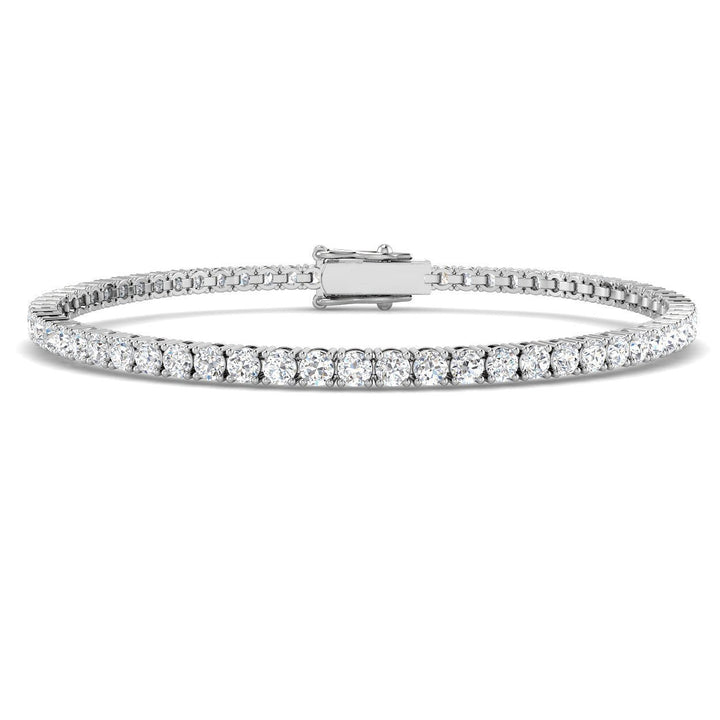
£985.00
£1,935.00
This 4ct tennis bracelet, 7" in length, is a quintessential piece that defines simplicity and elegance. D/VVS quality lab-grown diamonds are beautifully set in 925 sterling silver, creating a harmonious blend of sparkle and shine. Its timeless design makes it… read more
Final Thoughts on Lab Diamonds
The conversation surrounding lab diamonds highlights a significant shift in consumer trends and market dynamics. Affordability, superior aesthetics, and ethical considerations combine to make lab-grown diamonds an alluring choice for jewellers and buyers alike. With continued innovations and growing acceptance, lab-grown diamonds may redefine the standards for luxury in the jewellery industry.
Experience the allure of laboratory diamonds for yourself by visiting the After Diamonds online store. Specializing in exquisite lab-grown diamond jewellery,
After Diamonds offers a stunning collection designed and handcrafted in the UK. Enjoy the peace of mind that comes with our lifetime workmanship guarantee and a flexible 30-day return/exchange policy.
Don't miss out on the opportunity to own beautiful, ethical jewellery at unbeatable value. Browse our selection today and discover how lab diamonds can redefine your luxury experience. Visit us at AfterDiamonds.co.uk and start making beautiful memories with your perfect piece!
Browse Our Beautiful Diamond Jewellery
Lab Diamond Solitaire Stud Earrings 3.00ct D/VVS in 18k Yellow Gold
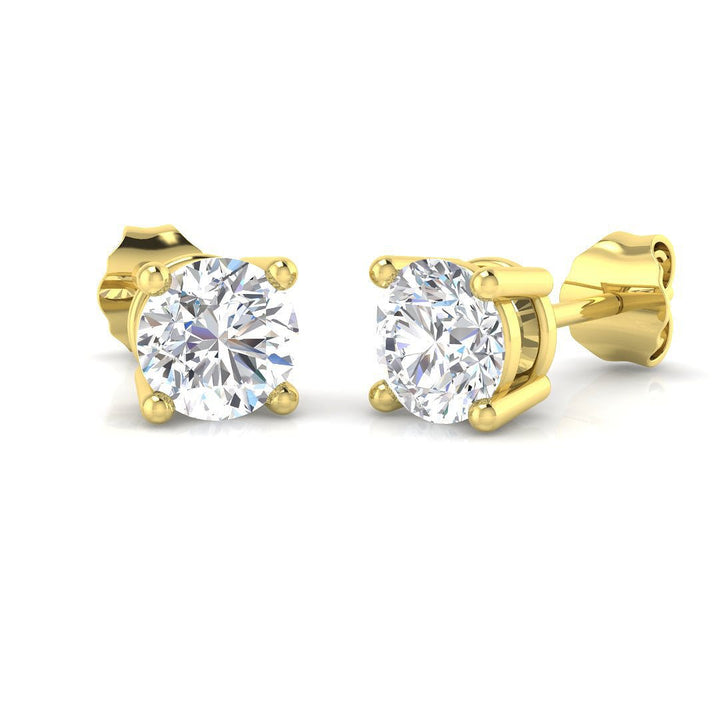
£3,560.00
£6,791.00
Make a statement with the elegant Lab Diamond Solitaire Stud Earrings, designed and handcrafted in the UK with the finest materials. These earrings feature 3.00 carats of D/VVS-graded lab-grown diamonds, set in 18k yellow gold claw settings. The round solitaire… read more




